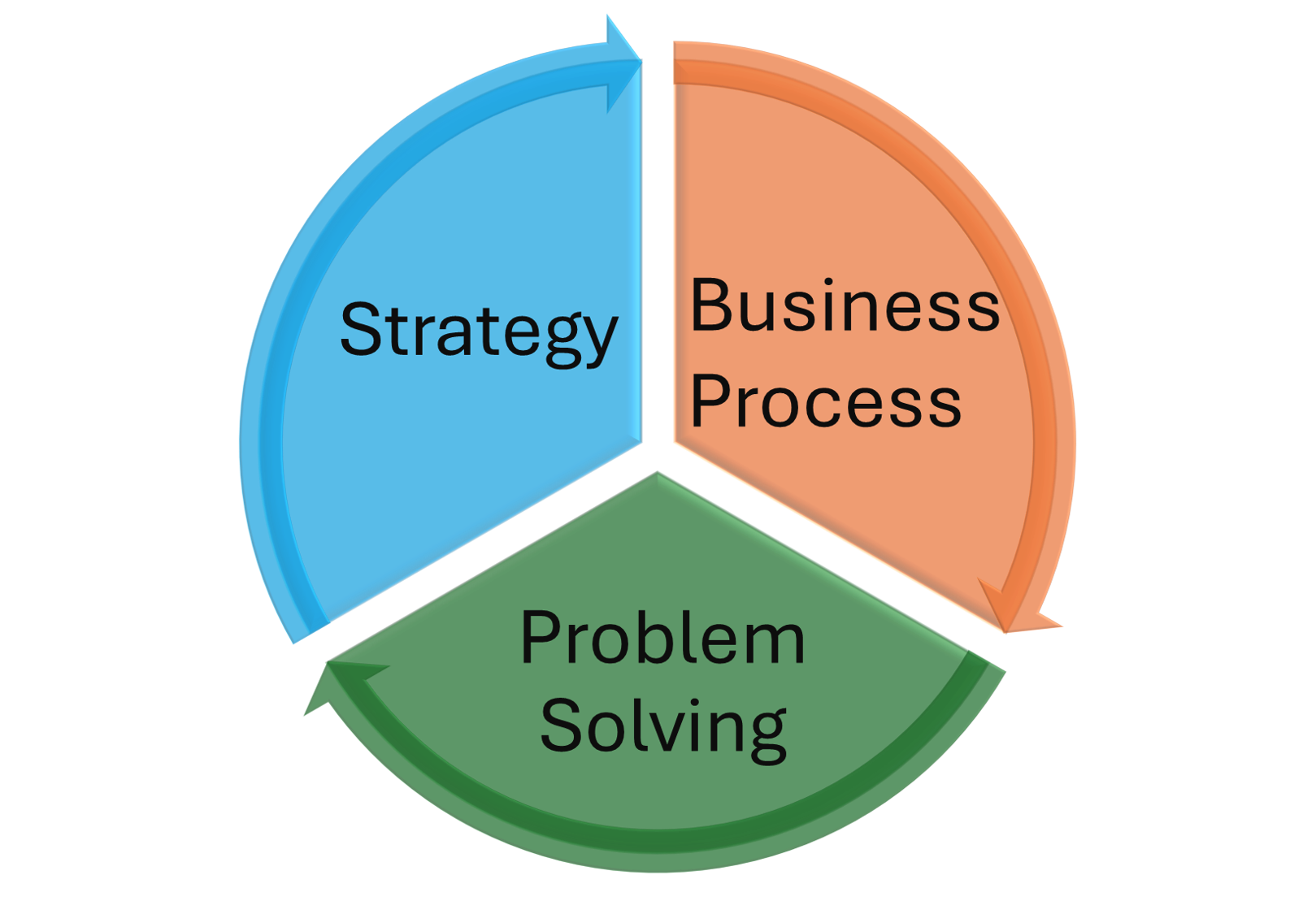BLOG #7 – May 2024
Observe Deeply and Learn Iteratively to meet each Challenge
This is Principle #12 of the Toyota Way.
Reflecting on this principle, my perspective is deeply shaped by my extensive automotive background, where I’ve honed my skills in resolving product and process challenges within manufacturing, directly impacting customer satisfaction. The key to effective problem-solving lies in several success factors. Any shortfall in these elements becomes evident to the customer, impacting their experience. Conversely, when these success factors are in place and transparent, they act as a soothing balm for the customer.
Whether one adopts the PDCA, 8D, or DMAIC approach, the core fundamentals remain unchanged. From my standpoint, the success factors encompass the following:
A committed and responsible team that collaborates seamlessly through practice. Seasoned individuals with a fresh perspective should provide support through reviews or mentorship, fostering continuous improvement. It’s crucial to have a diverse team representing various functions, and this should be visually apparent.
Every issue demands a comprehensive examination, gathering all pertinent information, and embracing „genchi genbutsu“ – seeing the problem firsthand, even if virtually through technologies like Hololens. Adopting a systems thinking approach is essential to delineate the problem and its components effectively.
Early on, the focus should be on collecting performance data and defining measurable metrics to demonstrate the permanent resolution of the problem(s). Metrics such as Scrap Rate, First Run Yield, % Second Passes, and Customer PPM are indicative of progress.
Scientific inquiry, relying on data and evidence while discarding preconceived notions, is imperative. Sufficient time should be allocated for a thorough situation review, leveraging inputs from willing and capable contributors. Relying on past investigations for similar issues risks cutting corners.
Visualization aids root cause analysis and brainstorming, enhancing team effectiveness. While virtual whiteboards are efficient, there’s an unparalleled effectiveness to traditional big whiteboards or paper boards.
Shopfloor visual management boards and meetings should include daily updates on customer issues, fostering accountability and support from the management team as countermeasures are implemented. Establishing a separate Quick Response Concern Management board proves beneficial when dealing with multiple concurrent issues, extending to maintenance, logistics, supplier, and product launch challenges as operations stabilize.
Externally reporting progress to customers, demands professionalism, with clear presenters and active team participation. The information shared should align with customer expectations, avoiding overly detailed internal discussions that hinder customer comprehension of real progress.
#THETOYOTAWAY #THEFIFTHDISCIPLINE

